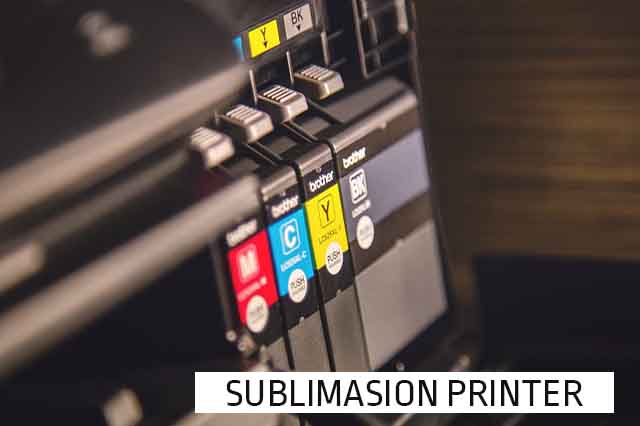No, a sublimation printer cannot print white color. This is because the process of sublimation involves dyeing polyester material and it is impossible to make something lighter than its original color. That means that the printing can only be done on light-colored t-shirts or substrates, requiring expensive large format printers and heat presses. To replicate white ink with sublimation, one must print the design onto a substrate that has an area which will remain white after dying, such as black ceramic mugs. Here, color profiles must be dialed in correctly for desirable results. However, this method may not work on fabrics due to variations in base colors of dyed materials.
Why is it not possible to print white color in a sublimation printer?
The reason why it is not possible to use white sublimation ink is because the sublimation process dyes the fibers of the fabric itself, so when the fabric is dyed a dark color, the sublimation ink will not dye the fiber but will be absorbed into it.
Unlike screen printing where the ink colors the upper part of the fabric and thus raises the color of the fabric, in sublimation we dye the fibers themselves and therefore it is impossible to use white ink in the process.
In general, when we print a color print on a dark fabric we will have to produce a white base layer on top of which we will print the color print – and as I said, it is not possible to do this using the sublimation method.
A common mistake is to think that the reason why white sublimation color is not printed is because the printers work in the CMYK method and therefore it is not technically possible to insert a cartridge with white ink into the printer. This opinion is a mistake, there are printers today that contain CMYK cartridges and in addition there is a white color cartridge. As I wrote, sublimation with white ink is not possible because of the physical process of sublimation printing.
Other alternatives for printing something close to a “white” image include using specialty (and more expensive) sublimation inks and toners that have properties similar to dye-sublimation but do not require heat transfer or printing on special substrates. These solutions usually yield excellent results at higher cost compared to traditional methods. Nonetheless, when working with textiles like t-shirts or fabric banners there are a few options that may allow for limited applications of white ink as an alternative solution to regular sublimation printing techniques.
Summary
- Sublimation is a process of dyeing polyester material and it is impossible to make something lighter than its original color. This means that sublimation printing can only be done on light colored t-shirts or substrates, requiring costly large format printers and heat presses.
- To mimic white ink with sublimation, one must print the design onto a substrate that has an area which will remain white after dying (e.g., black ceramic mugs). Color profiles must be dialed in correctly for best results but this method may not work on fabrics due to variations in base colors of dyed materials.
- There is currently no technology available to make dye-sublimating dark shirts possible – inventing such would likely yield great financial rewards!
- The lack of a white color in the process of sublimation can be replaced by using light-colored shirts or substrates.
- Mixing black and white ink will not result in either shade, as the same applies to sublimation printing which becomes a permanent part of the substrate if its colour is darker than the ink used.

